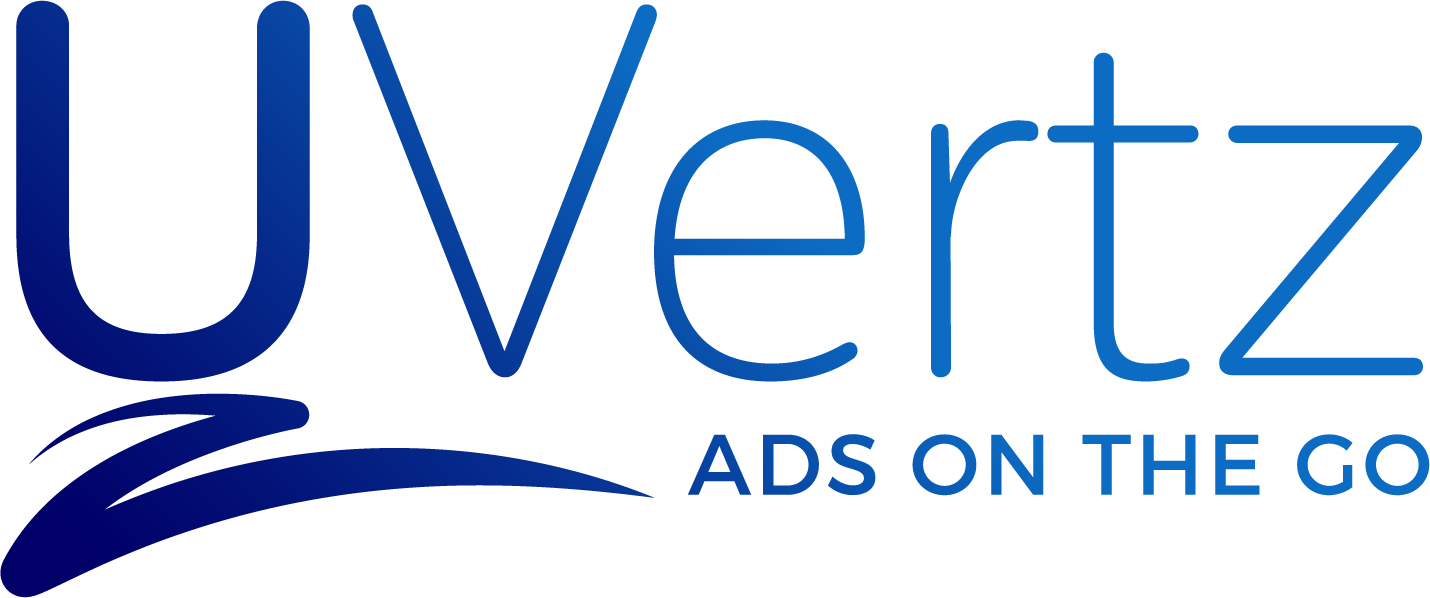Bumper Sticker Politics in the Digital Age
Political slogans, buttons, and bumper stickers will always be a force in the American political landscape. Why? Because they work. In 1840, William Henry Harrison and John Tyler’s catchy slogan “Tippecanoe and Tyler too” denied incumbent president Martin Van Buren a second term. In 1952, “I like Ike” humanized an otherwise resolute Dwight D. Eisenhower and ushered the General into the presidency. In 2008, the repetitive chant of “Yes We Can” was emblazoned on car bumpers throughout the United States and drove a transformational Barack Obama into the White House.
Political slogans, buttons, and bumper stickers are effective - their effectiveness is driven by their simplicity. Their simplicity should not mask the work that went into crafting the perfect message. Nor should their simplicity mask the complexity required to ensure that this messaging is seen through the clutter.
Barack Obama’s 2008 campaign was digitally driven. His campaign team could be found everywhere online - YouTube, MySpace, Flickr, Twitter, and Facebook (whose co-founder Chris Hughes worked on the campaign). The Guardian, Why everyone's a winner (November 9, 2008). See, The Guardian, “Trump digital director says Facebook helped win the White House” (October 8, 2017).
Likewise, Donald Trump’s team outmaneuvered the Hillary Clinton campaign by leaning heavily on digital media through the deployment of highly targeted Facebook ads. Trump’s digital director, Brad Parscale told CBS’s 60 Minutes, “Twitter is how [Trump] talked to the people, Facebook was going to be how he won.” See, The Guardian, “Trump digital director says Facebook helped win the White House” (October 8, 2017).
UVertz seizes the effectiveness of political slogans, buttons, and bumper stickers, and transforms them to dance digitally on the rear windows of gig-economy cars for a captive audience. The UVertz platform taps into the hierarchy by which our brains pay attention to media. It does so by focusing on three unique features: (1) motion, (2) novelty, and (3) unexpected newness. In doing so, the UVertz platform combats the repetition blindness that plagues more traditional marketing campaigns and incumbent media.
Because UVertz is digital, marketing topics can change with the click of a mouse. Politics does not lend itself to static advertising and dated messaging. Campaigns must be fluid to not only survive but to overpower the opposition. The day’s events can change on a dime. When that happens, a campaign must harness the speed and alacrity to also pivot and change on a dime.
As gig-economy cars are moving through different neighborhoods, ads can also change to speak to a changing audience. Ads can also change depending on the time of day. Parents picking up their kids at school at 2 pm are receptive to different types of political messaging than working stiffs leaving the office at 6 pm stuck in rush hour traffic. As the audience changes, the messaging must likewise change.
The 2022 election cycle will hit a new record for political ad spend at about $9 billion. This is a 130% increase over 2018. A new projection report from AdImpact predicts that Florida will witness the highest political ad spending in the 2022 campaign cycle, totalling $593 million. See, Florida Politics, “Florida races projected to reach $593M in political ad spending, highest in the 2022 cycle. (May 17, 2022).
With the record breaking amounts of money pouring into the 2022 campaign season, it is imperative that campaign decision-makers embrace the modern version of bumper sticker politics - digital slogans dancing on the rear window of market-driven gig-economy cars for a captive audience of voters.
